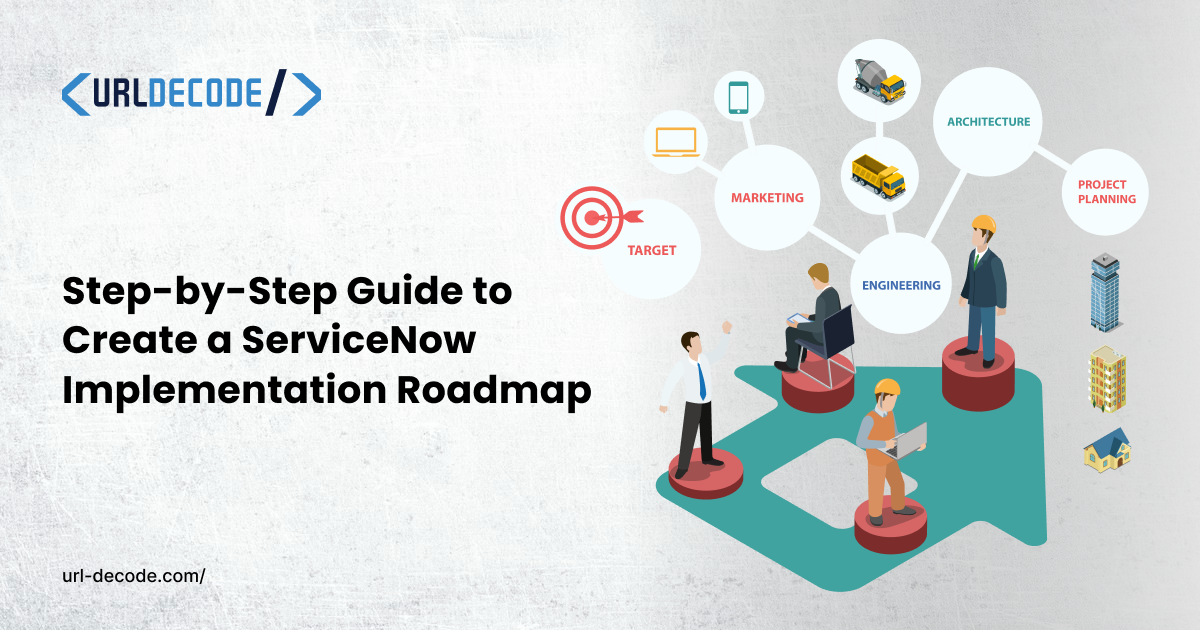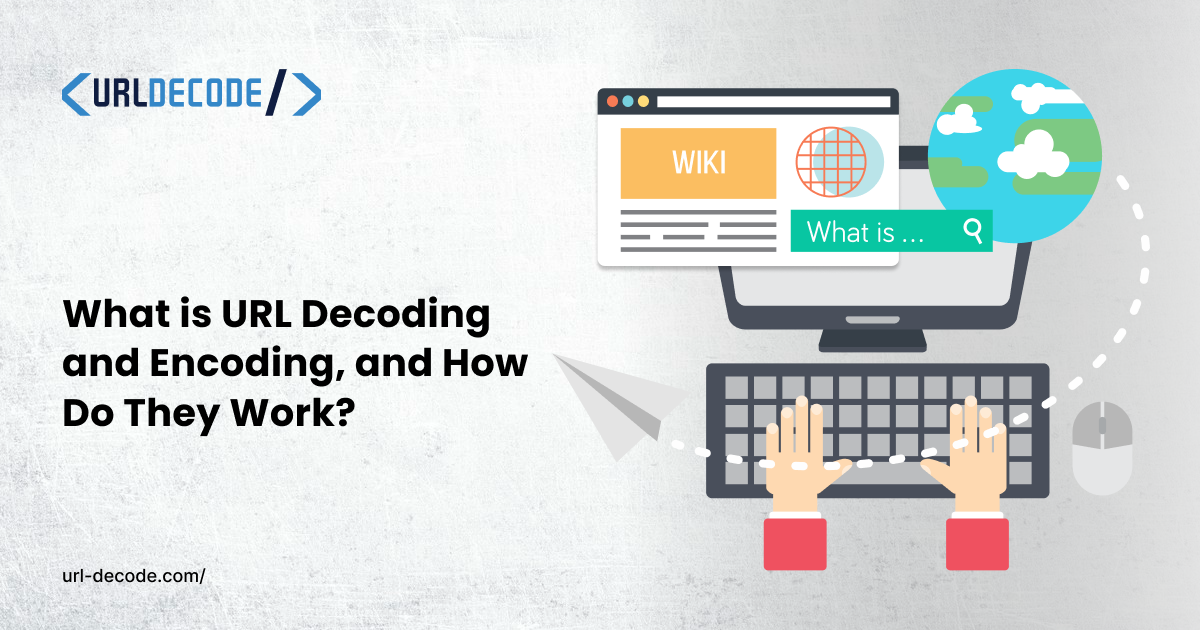Step-by-Step Guide to Create a ServiceNow Implementation Roadmap

Did you know that 94% of businesses maintain a strategic ServiceNow roadmap to get the most value from the platform?
Yet, many organizations are not able to translate that roadmap into results. Some of the common challenges include fragmented execution, lack of alignment between IT and business priorities, and outdated plans that fail to keep up with changing needs.
Without a roadmap, ServiceNow implementations can add more complexity than delivering ROI. However, a well-planned framework ensures scalability, alignment, and measurable business impact.
Let’s explore why it is essential to have a ServiceNow roadmap for maximizing platform value.
You will also find the key steps to create a roadmap that can adapt as business priorities change, along with best practices you can apply immediately!
Why Do You Need a ServiceNow Implementation Roadmap?
Many companies consider ServiceNow a one-time project rather than a planned improvement program. However, it helps you prioritize, plan, and execute your ServiceNow implementation effectively.
Here’s how it drives value:
● Aligns with Business Strategy
Every business comes with its set of priorities, like optimization of cost, understanding employee productivity, tracking customer experience, and checking compliance. A roadmap ensures ServiceNow initiatives directly support those priorities.
● Provides Structure and Prevents Scope Creep
When you set up ServiceNow in clear steps, each part—ITSM, HRSD, or Asset Management—fits together without any confusion. Doing it in a structured way maximizes scalability and return on investment.
● Sets Measurable Milestones
A roadmap helps to break deployments into achievable steps with clear outcomes. For example, Phase 1 may focus on reducing ticket resolution time by 25% to create visible progress before expanding to automation and self-service.
● Strengthens Stakeholder Confidence
Business leaders can clearly see the impact of their ServiceNow investments. This clarity builds trust, secures sponsorship, and maintains leadership engagement.
● Keeps the Platform Updated
A roadmap ensures your ServiceNow system evolves with business needs by planning upgrades, tracking changing priorities, coordinating with teams, and retiring outdated features.
Steps to Build a ServiceNow Implementation Roadmap
Now that we understand why a ServiceNow implementation roadmap is essential, the next step is to learn how to build one that aligns with your business goals.
Let’s go step by step through creating an effective ServiceNow roadmap:
1. Define Business Objectives and Expected Outcomes
Start with business priorities such as reducing service costs, improving employee experience, or meeting compliance standards. For each objective, define measurable outcomes.
For example, reduce ticket resolution time by 20% or cut onboarding time from 10 to 3 days. This ensures every roadmap phase links directly to business value.
2. Assess the Current State
Evaluate the existing IT landscape, tools, integrations, and process maturity. Identify pain points like slow resolution times, limited self-service adoption, or fragmented workflows.
Gather feedback from users to understand frustrations and bottlenecks. Analyze key metrics like ticket volumes, resolution times, and automation rates to spot inefficiencies. Also, review compliance and security requirements to ensure current processes meet standards.
A comprehensive assessment like this provides a clear baseline for planning and helps prioritize areas that need immediate attention.
3. Identify and Prioritize Use Cases
List potential ServiceNow use cases, such as ITSM, HRSD, CSM, ITOM, Asset Management, or GRC. Prioritize each use case based on business impact and complexity. Prioritize low-complexity, high-impact projects first to gain quick wins and support long-term objectives.
Take a look at the table to understand prioritization:
|
Use Case |
Business Impact |
Complexity |
Roadmap Phase |
|
ITSM Modernization |
High |
Medium |
Phase 1 |
|
Employee Onboarding (HRSD) |
High |
High |
Phase 2 |
|
ITOM Visibility |
Medium |
High |
Phase 3 |
|
Asset Management |
Medium |
Low |
Phase 1 |
4. Build Governance and Ownership
A roadmap succeeds when people are accountable for execution. Governance ensures the right decisions are made, priorities are clear, and progress stays on track.
To do this effectively, define clear roles for everyone involved:
|
Role |
Description |
|
Executive Sponsors |
Top leaders (like CIO, CHRO, or COO) who support and push the project forward. |
|
Steering Committee |
A group of leaders from different teams who make sure everyone is on the same page. |
|
Platform Owner |
The person in charge of ServiceNow day-to-day, making sure it runs smoothly. |
|
Process Owners |
Team leads are responsible for specific areas like IT, HR, or compliance. |
5. Plan for Integration and Scalability
ServiceNow works across many business functions, so your roadmap should account for how it will connect with existing systems and grow over time.
Focus on key integrations, future modules, and scalability to ensure the platform can support your business as it evolves:
- ERP & HRIS integrations (Workday, SAP, Oracle)
- CRM integrations (Salesforce, Dynamics)
- Monitoring tools (Splunk, Dynatrace)
- Future modules (ITAM, GRC, ESG)
6. Establish a Change Management Strategy
A roadmap only delivers results if employees adopt it effectively. Change management ensures everyone understands the purpose, gets the right training, and has support throughout the rollout:
|
Change Management Activity |
Description |
|
Communication plans |
Explain clearly why the change is happening and how it helps employees. |
|
Training sessions |
Offer practical learning for each role and keep it going over time. |
|
Champions network |
Involve early users to help and encourage others on the platform. |
|
Feedback loops |
Collect feedback through surveys, satisfaction scores, and usage data to make improvements. |
7. Define Success Metrics and Continuous Improvement
To know if your roadmap is working, measure progress across multiple areas and refine regularly. It keeps ServiceNow aligned with business needs and maximizes long-term value. Measure impact across four areas:
|
KPI Category |
What It Measures |
|
Operational |
How fast incidents are resolved and how many service requests are automated. |
|
Employee Experience |
Customer satisfaction, time to onboard employees, and use of self-service tools. |
|
Financial |
Cost per ticket and savings or returns from automation. |
|
Strategic |
How ready is the organization for audits, and how much risk has been reduced |
Best Practices for Successfully Executing Your ServiceNow Roadmap
Once the roadmap is set and performance metrics are defined, the next step is ensuring long-term success. Execution matters as much as planning, and the right practices can help you stay on track.
Here are some proven approaches from successful ServiceNow programs:
● Prove Value Early
You should try to deliver quick wins to show value before expanding to more complex use cases.
● Build with the Business
Along with the IT team, ServiceNow should serve the whole organization, including HR, Finance, and Operations, early.
● Think Long-Term
Plan and build your systems so they can grow easily in the future. Avoid quick fixes or shortcuts that might cause problems later and slow down progress.
● Track Business Impact
Instead of just focusing on IT outputs, track business outcomes as well, such as reduction in downtime or improvement of employee experience.
● Adopt Phased Rollouts
Introduce new changes step by step instead of all at once. This makes it easier for people to adapt, helps manage challenges along the way, and ensures improvements last over time.
A Practical Roadmap Template for Implementing ServiceNow
Best practices provide the guiding principles, but organizations also need a clear execution path. A roadmap template can serve as that blueprint and help teams set realistic timelines, prioritize initiatives, and measure outcomes at each stage.
Below is a simplified ServiceNow roadmap you can adapt to your organization’s needs:
|
Phase |
Duration |
Focus Areas |
Expected Outcomes |
|
Phase 1 |
0–6 months |
ITSM modernization, self-service portal |
Faster issue resolution, reduced costs |
|
Phase 2 |
6–12 months |
HR Service Delivery, knowledge management |
Better onboarding, improved employee experience |
|
Phase 3 |
12–18 months |
IT Operations Management, CMDB, integrations |
Fewer outages, proactive monitoring |
|
Phase 4 |
18–24 months |
Governance, Risk & Compliance, Asset Management, advanced automation |
Compliance readiness, higher asset utilization |
Turning Roadmaps into Results
A ServiceNow roadmap is a living strategy that evolves with your business. The organizations that succeed are the ones that:
- Start with business goals
- Sequence use cases intelligently
- Invest in governance and change management
- Measure and improve continuously
If your focus is only on deploying technology, the roadmap may remain an IT exercise.
However, if it aligns technology with business outcomes, your roadmap becomes a driver of enterprise-wide transformation, and ServiceNow Implementation services can help accelerate that journey.
FAQ
How do I start building a ServiceNow roadmap?
Begin by defining your business objectives or goals. Decide if you want to achieve faster ticket resolution, better onboarding, or cost reduction, and then map ServiceNow modules to those goals.
How do I check if my current IT setup is ready for ServiceNow?
Look at your existing tools, workflows, integrations, and user feedback. Identify bottlenecks, slow processes, or areas where employees struggle. This helps you to understand where ServiceNow can add the most How often should I update my ServiceNow roadmap?
You should update it regularly, at least with every ServiceNow release or whenever business priorities change. A living roadmap keeps your implementation aligned with goals and adds long-term value.




